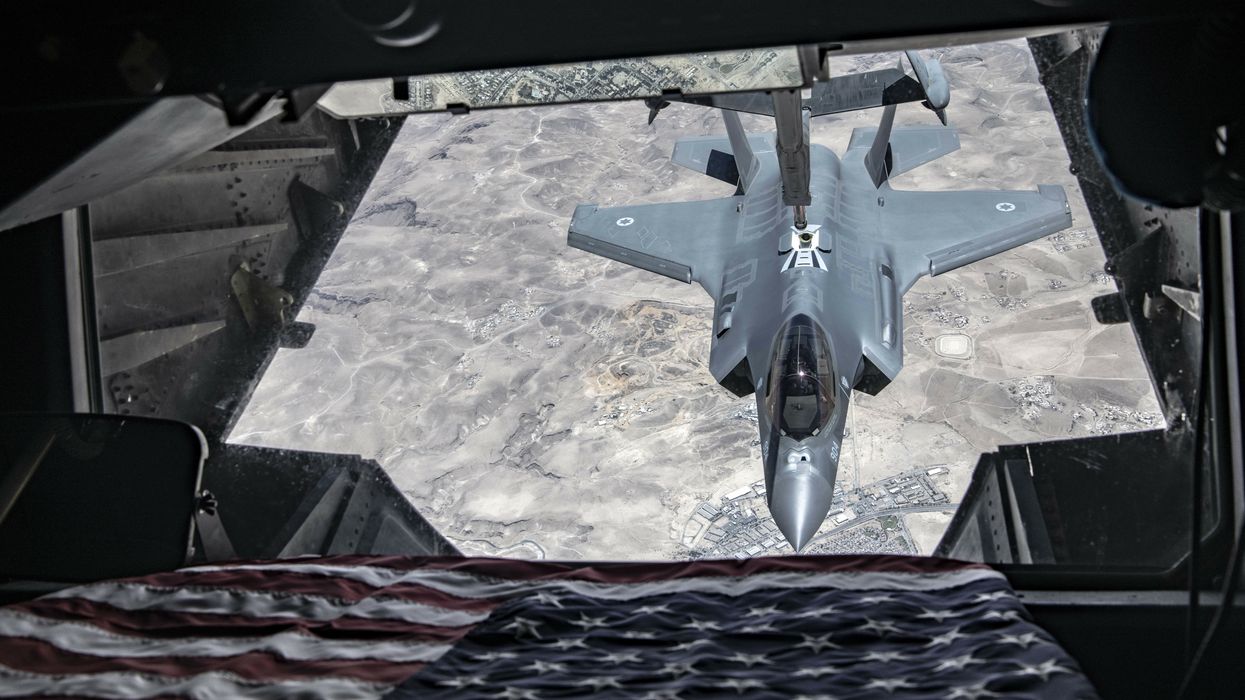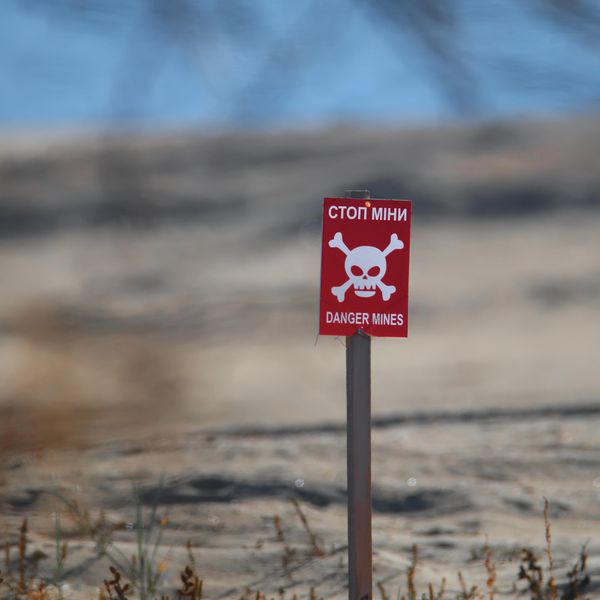On Tuesday December 10, Treasury Secretary Janet Yellen announced the disbursement of a $20 billion loan to Ukraine. This represents the final chapter in the long-negotiated G7 $50 billion Extraordinary Revenue Acceleration (ERA) loan agreed at the G7 Summit in Puglia, in June.
Biden had already confirmed America’s intention to provide this loan in October, so the payment this week represents the dotting of the “I” of that process. The G7 loans are now made up of $20 billion each from the U.S. and the EU, with the remaining $10 billion met by the UK, Canada, and Japan.
To be clear, this U.S. loan represents no additional funding for Ukraine beyond what had already been agreed by the G7; it doesn’t raise the bar on the $50 billion pledged so far. The European Union had already made provision to fill the gap, had the U.S. not provided this lending. In that regard, it is encouraging that the U.S. is doing the right thing by following through on its earlier commitment.
The U.S. loan cannot be allocated to the war effort, as it has been transferred into the World Bank which does not permit funding of military activity. This is a roll back from the U.S. position in October when it was hoped that around half of the $20 billion loan might be diverted towards Ukraine’s struggling military.
In her remarks, Yellen said, “we are sending an unmistakable message of resolve by making Russia increasingly bear the costs of its illegal war, instead of taxpayers in our coalition.”
But the notion that this loan won’t ultimately sit on the shoulders of U.S. taxpayers is highly speculative, and dependent on actions outside of America’s control.
Repayment of the U.S. loan relies on the resilience of an EU instrument called the Ukraine Loan Cooperation Mechanism (ULCM). The ULCM disburses profits from $270 billion in frozen Russian assets in Belgium, so that Ukraine can make repayments to G7 creditor countries, including the U.S.. However, the ULCM can only do that for as long as EU sanctions maintain the freeze on Russia’s assets. In other words, once the Russian asset freeze ends, loan repayments to the U.S. will stop.
U.S. officials tried to mitigate this financial risk by urging the EU to extend its sanctions renewal process against Russia from six months to three years, but failed in the teeth of a Hungarian veto. That puts repayment of the U.S. loan at the mercy of EU member states agreeing to extend the Russian asset freeze over the long-term which seems optimistic, at best.
The equivalent EU loan of $20 billion includes a clause that Ukraine may ultimately have to repay the capital if the proceeds from frozen Russian assets or war reparations from Russia are not forthcoming. Yellen’s statement, therefore, that U.S. taxpayers won’t ultimately foot the bill for this $20 billion loan rests on shaky ground.
Ukraine also has a track-record of not repaying its international debts. In July, Zelensky signed another declaration to defer payments on foreign debts, while a restructuring was underway. A Ukrainian agreement in July to restructure $20 billion in loans led to creditors writing off 37% of their capital.
The much bigger problem, of course, is that the $50 billion G7 loan, which took six months to finalize, is just a band-aid on what Ukraine needs, just to keep the lights on in its flagging economy. According to the IMF, Ukraine’s budgetary situation is so dire that it will need between £122-£141 billion in external financing to meet its fiscal needs between 2023-2027. So, at best, the G7 loans meet 41% of that need.
Unlike the EU loan, intricate details of which can be found on the Commission website, the U.S. Treasury has not revealed the details of how its loan is structured. The U.S. Treasury has simply paid the full $20 billion into the World Bank and appears to be hoping for the best. Just to be clear, loan repayments will need to be made to the U.S. government; the World Bank has pointedly made clear that it “does not handle or deal in any way with immobilized Russian assets or any investment earnings on those assets.”
Where does this leave us?
Self-evidently, with 61% of its planned budget for 2025 earmarked for defense spending, the best way to relieve Ukraine’s dire budgetary situation (not to mention to stop the needless loss of life) will be to end the war.
Setting aside the war itself, a decade of conflict has had a devastating effect on ordinary Ukrainians. According to the World Bank, “more than a fifth of adults who were working before the invasion reported losing their jobs; some two thirds of households have neither savings nor labor income. A third of surveyed families reported modifying or skipping meals altogether. Three of every 10 Ukrainians now live in poverty.”
Anyone who thinks that Russia will simply forego its frozen $300 billion in assets in the interests of filling Ukraine’s huge fiscal gap is sorely mistaken. Russia continues to pursue through UK courts repayment of the $3 billion Eurobond paid to Victor Yanukovych’s government in December 2013, after Ukraine stepped back from signing the EU Association Agreement. Russia has consistently made it clear that it will not meet the cost of reparations as it considers that the war was precipitated by the West’s encouragement of Ukraine.
Rating agencies downgraded Ukraine into default territory in July, meaning that it is effectively cut off from access to new lending from international investors. Once the $50 billion from the G7 runs out, Zelensky, or whoever replaces him after a ceasefire and elections that he seems likely to lose, will need to come back for more.
So, the issue of how this latest $20 billion handout to Ukraine will be paid seems entirely secondary to the point that it won’t be the end of U.S. funding to Ukraine. Despite what Secretary Yellen says, that means no end in sight to the financial burden on U.S. taxpayers from Biden’s war.
- Russian asset seizure scheme will prolong war ›
- Seizing Russian assets: A feel good bill that will absolutely boomerang ›
- Europe's latest seized Russian asset scheme is as dumb as ever | Responsible Statecraft ›
















